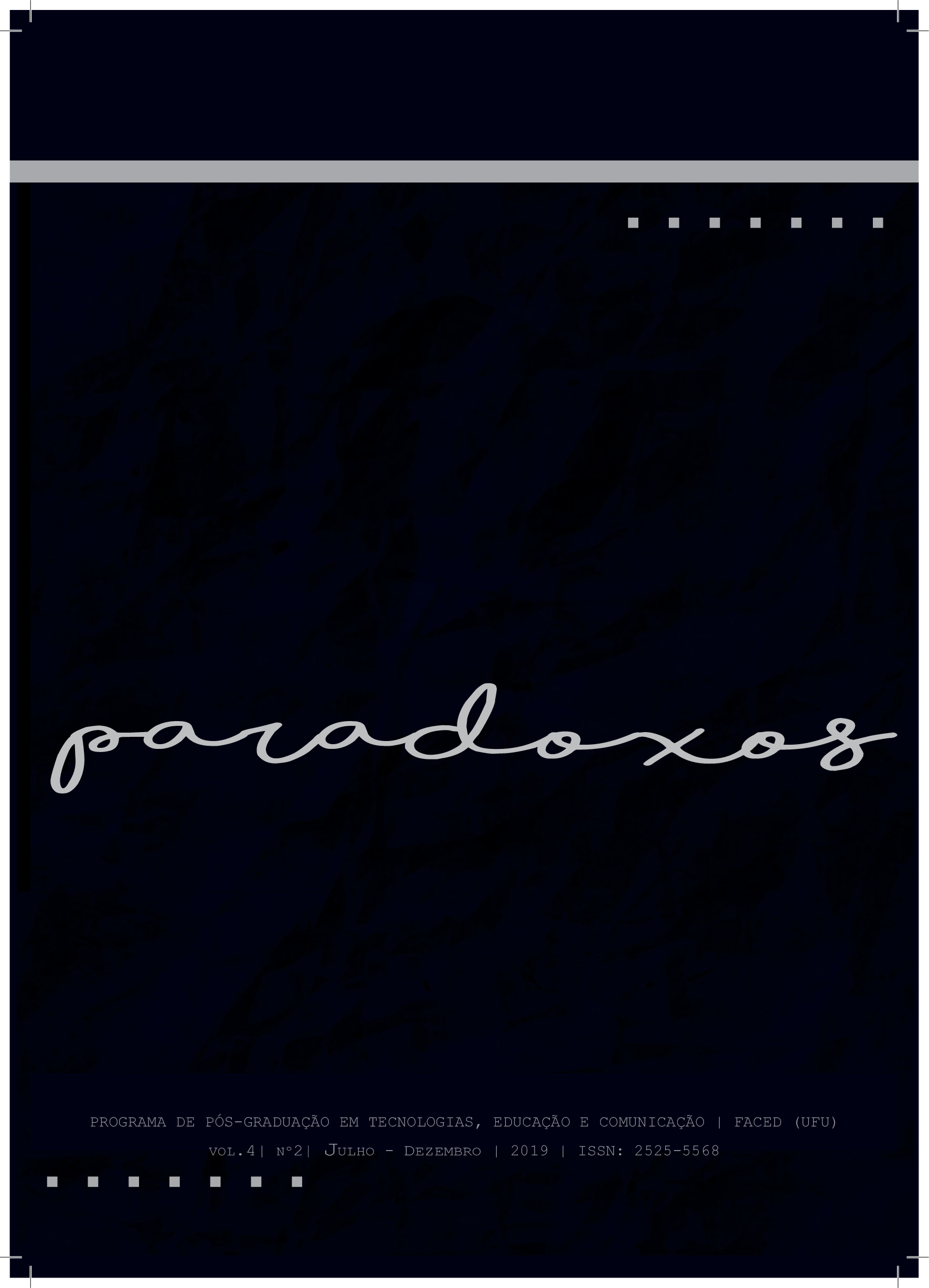Agony and ecstasy: the writer’s block in Adaptation (2002)
DOI:
https://doi.org/10.14393/par-v8n1-2023-66625Keywords:
Screenplay, Writer’s block, Creativity, NarrativeAbstract
This work aims to explore blocks that a writer can go through based on the film Adaptation (Spike Jonze, 2002), written by Charlie Kaufman. Through film analysis we seek to raise the causes and symptoms for these blocks and the solution found by Kaufman to unite creativity and functionality in an adapted script. We understand that specificities in the screenplay can make the writer's work difficult and that the recurrent translation of writer's block to creative block in Portuguese generally does not distinguish psychological problems from those related to the screenwriter's work methods and tools.
Downloads
References
BASTOS, Jorge. Apresentação: Só a máquina apazigua (mas não salva). In: ZOLA, Émile. A besta humana: edição comentada e ilustrada. Rio De Janeiro: Zahar, 2014.
BANE, Rosanne. The Writer’s Brain: What Neurology Tells Us about Teaching Creative Writing. Creative Writing: Teaching Theory & Practice, Volume 2 Number 1, 2010.
BISKIND, Peter. Como a Geração do Sexo, Drogas e Rock n’ Roll Salvou Hollywood. Rio de Janeiro: Intrínseca, 2009.
BISHOP, Wendy; STARKEY, David. Keywords in Creative Writing. Logan, Utah: Utah State University Press, 2006.
BLACKWELDER, Rob. Writer Charlie Kaufman, director Spike Jonze talk of taking liberties with fact and fiction in 'Adaptation' Spliced Wired, 2002. Disponível em: http://splicedwire.com/02features/jonzekaufman.html. Acesso em: 13 de jul. de 2022.
CONNELLY, James O. The Producible Script: Not an Impossible Dream. Technical Communication, Vol. 42, No. 2, pp. 348-352, 1995.
D'AQUINO, Antonella. The Self, the Ideal, and the Real: The Artistic Choice of Three Creative Minds: Fellini, Allen, and Kaufman. American Association of Teachers of Italian, 2007.
GAUDREAULT, André; JOST, François. A Narrativa Cinematográfica. Brasília: Editora Universidade de Brasília, 2009.
HILDERBRAND, Lucas Film. Adaptation Review. Film Quarterly, Vol. 58, No. 1, p. 36-43. University of California Press, 2004.
KAUFFMAN, Charlie. Adaptation, 1999. Roteiro cinematográfico. Disponível em: http://www.dailyscript.com/scripts/adaptation.pdf. Acesso em 13 de jul. de 2022
LANDY, Joshua. Still Life in a Narrative Age: Charlie Kaufman’s Adaptation. Critical Inquiry, Vol. 37, No. 3, p. 497-514. The University of Chicago Press, 2011.
MCKEE, Robert. Story: Substância, Estrutura, Estilo e os Princípios da Escrita de Roteiros. Curitiba, PR. Arte & Letra Editora, 2006.
PRICE, Steven. A History of the Screenplay. New York: Palgrave Macmillam, 2013.
SINGER, J. L. e BARRIOS, M. V. Writer's block and blocked writers: Using natural imagery to enhance creativity. In S. B. Kaufman & J. C. Kaufman (Eds.), The psychology of creative writing. Cambridge University Press. p. 225–246, 2009.
Downloads
Published
How to Cite
Issue
Section
License
Autores que publicam nesta revista concordam com os seguintes termos:
Autores mantém os direitos autorais e concedem à revista o direito de primeira publicação, com o trabalho simultaneamente licenciado sob a Creative Commons Attribution License que permitindo o compartilhamento do trabalho com reconhecimento da autoria do trabalho e publicação inicial nesta revista.
Autores têm autorização para assumir contratos adicionais separadamente, para distribuição não-exclusiva da versão do trabalho publicada nesta revista (ex.: publicar em repositório institucional ou como capítulo de livro), com reconhecimento de autoria e publicação inicial nesta revista.



